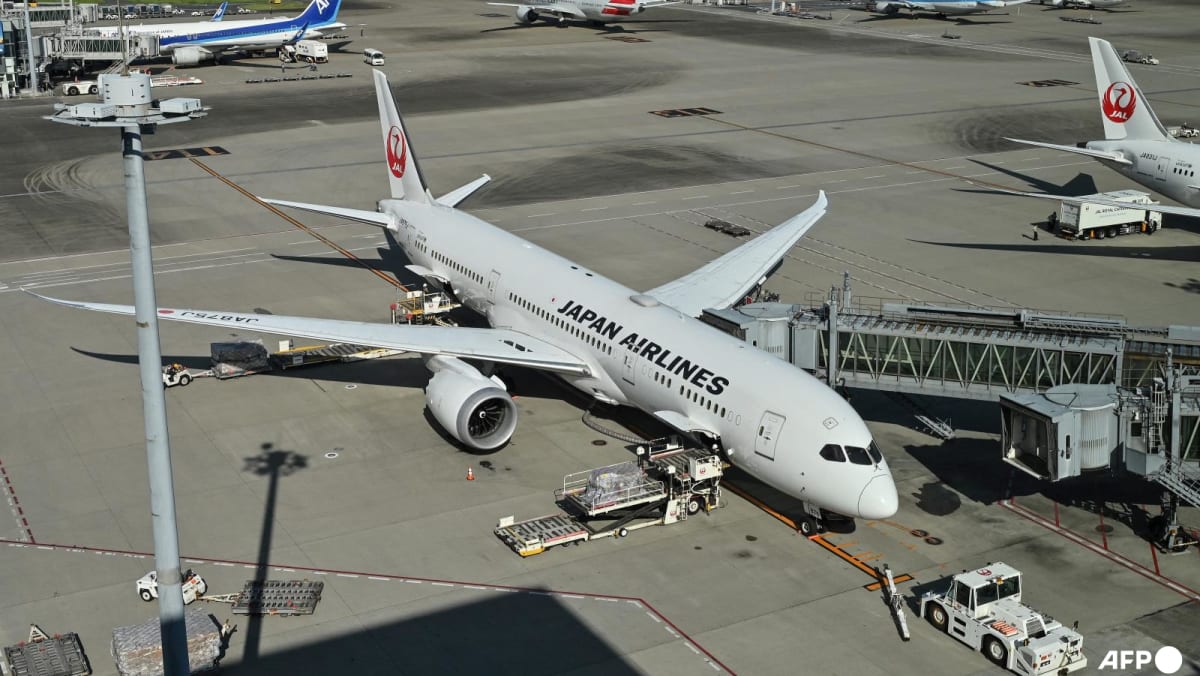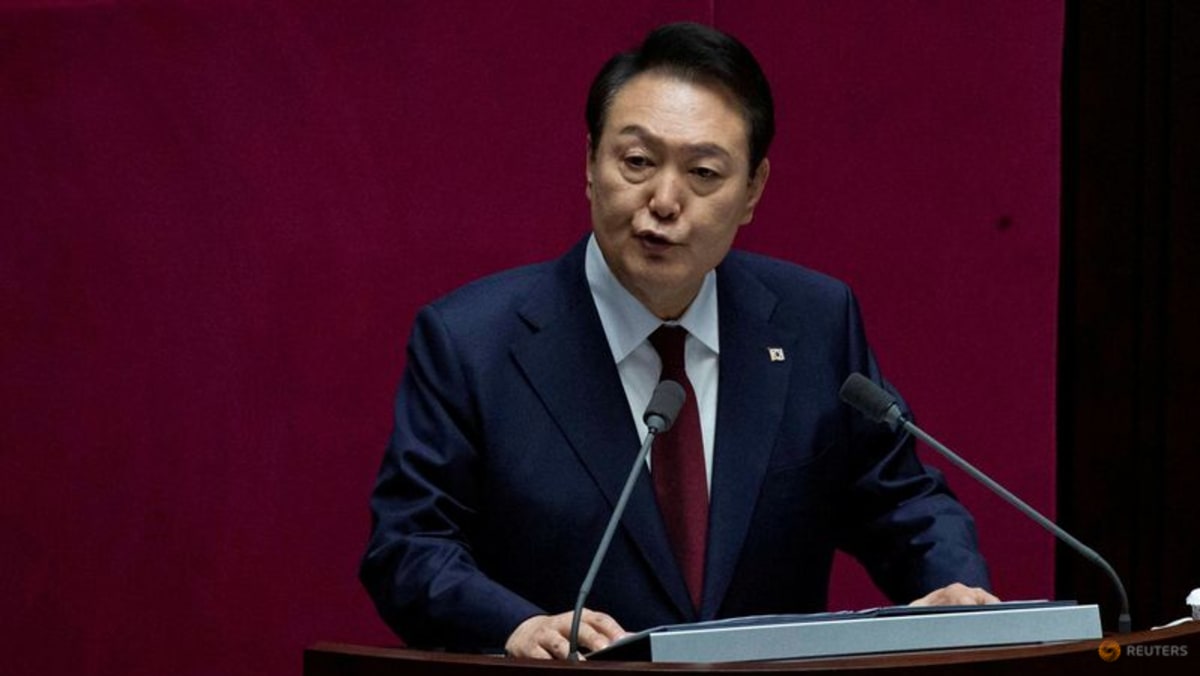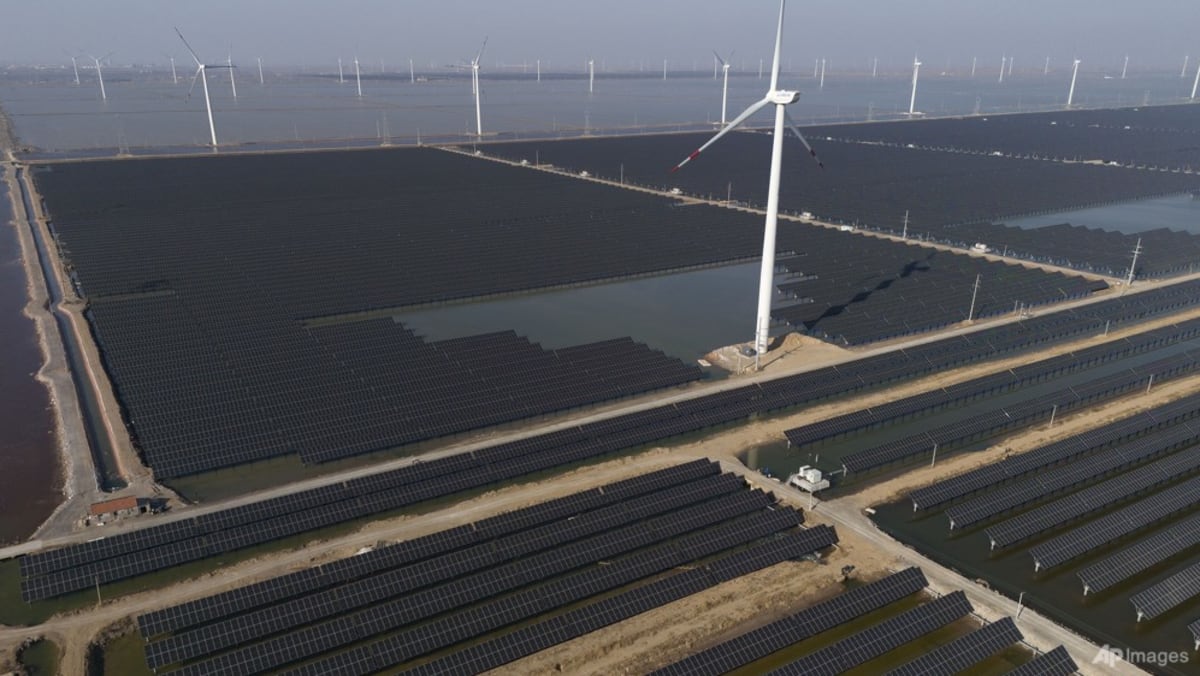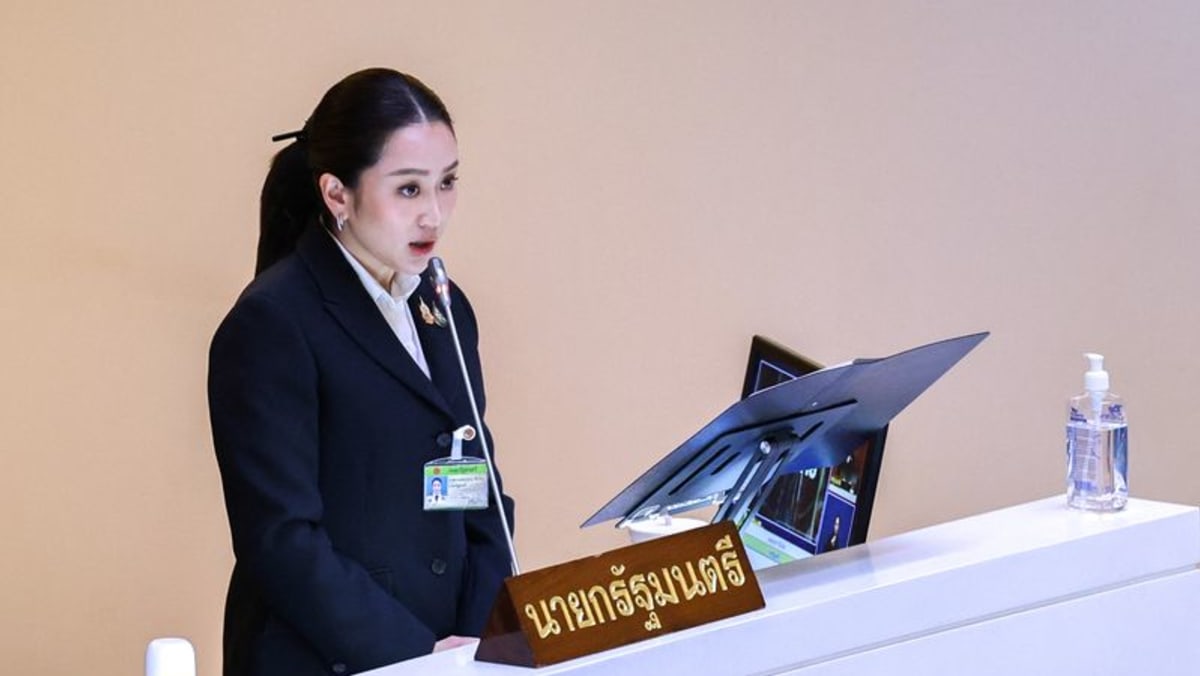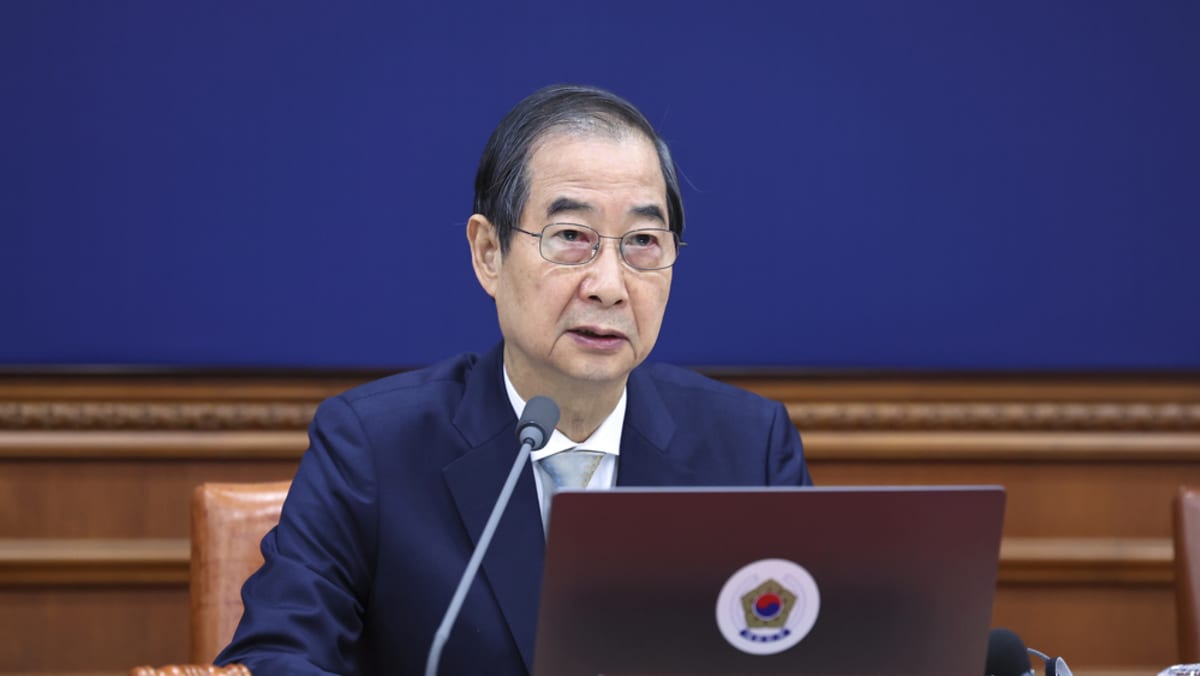Commentary: Reading the chess move of Huawei’s Mate 60 Pro chip breakthrough in US-China tech war
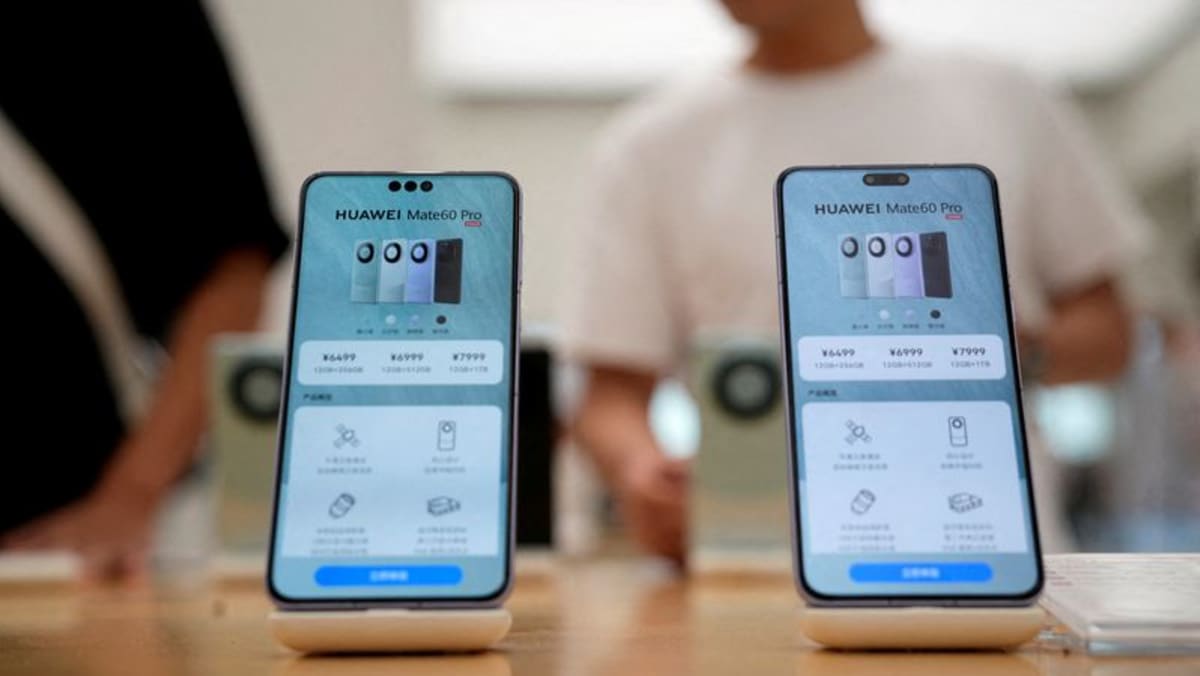
This complicates the picture considerably, given that the semiconductor industry requires multiple levels of coordination and cooperation. Take for example, the process of outsourced assembly, testing and packaging (OSAT).
The analogy Samsung uses is the semiconductor as a human brain and its packaging, the nervous system and skeletal structure. The last stage of fabrication is the package test, during which the packaged chip undergoes final quality assurance procedures.
Companies who work with the Chinese in sensitive industries would risk the ire of America, making it difficult for them to gain future access to US high-tech know-how. That said, it is not impossible for secrets to be somehow leaked in such work.
The fact that the US lacks onshore OSAT capacity could pose security risks. The process of packaging represents a handover in the ownership and control of the device from the manufacturer to the packager and becomes a natural entry point for something to happen.
CHINA’S TECHNO-NATIONALISM WAR
Cognisant of America’s technological full-court press against it, China has adopted a whole-of-society approach against what it sees as hostile foreign forces being out to contain and defeat it.
Just last month, the Ministry of State Security, which oversees China’s intelligence activities, warned of espionage activities conducted against the country and called for the “participation of the masses” against such external threats. Relating this to technology, the implications are clear: The West is attempting to beat China down, and it is the moral duty of Chinese citizens to ensure that China does not lose the technological war.
Source: CNA


